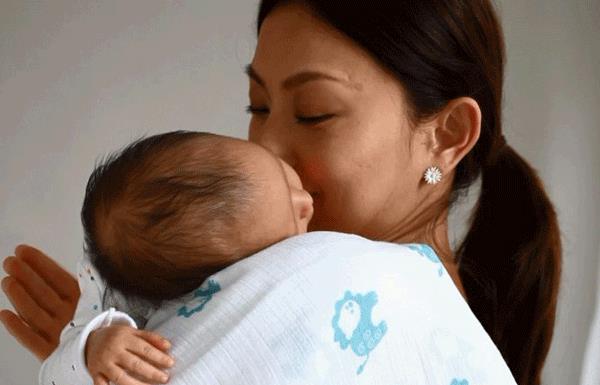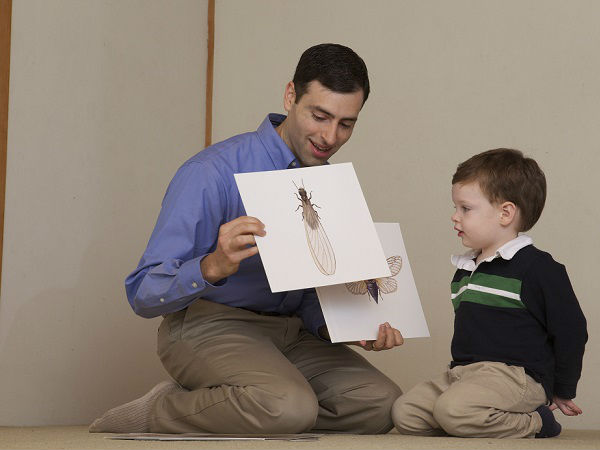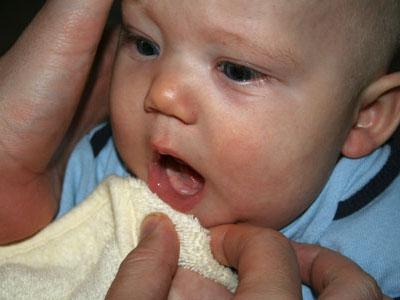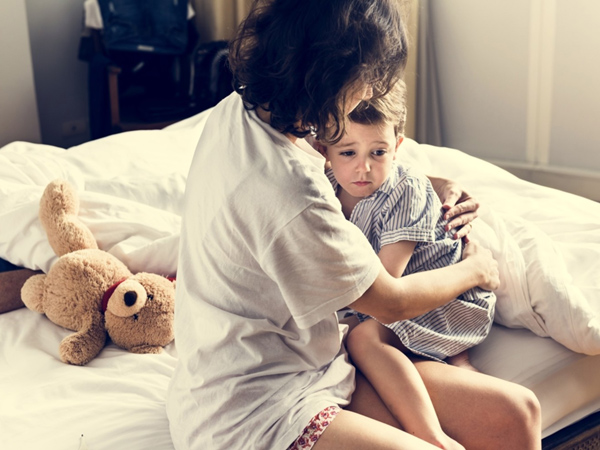The Cry It Out (CIO) method for babies to sleep on their own has many different variations. Each mother changes a little bit of the original version and so some people succeed, people don't. That's why there's always a lot of controversy surrounding this approach.
content
Is this method safe for babies to sleep by themselves?
7 steps to practice your baby to sleep according to CIO
Just mentioning the phrase "Cry-It-Out" (CIO) in a certain milk diaper group on social networks can spark a heated debate between parents. pediatrician and psychologist.
CIO is understood simply to want the baby to sleep, do not soothe, let the crying sleep until tired. There are many variations in this approach. The most famous version is the Ferber method, which involves quickly checking and comforting the baby for a predetermined amount of time, until the baby falls asleep.
Many parents have chosen this path, finding that a little crying in the short term also brings long-term benefits, to the sleep of the baby and all other family members.

Babies cry a lot all the time, but letting them cry and then fall asleep is not easy
Is this method safe for babies to sleep by themselves?
Controversy around method has originated from some experts in the field who believe that letting the baby cry for a long time is a negative impact on the baby's psychology and health.
Professor - Dr. Douglas of human development and family research at Penn State, said: “Some people think that a lot of crying babies cause psychological harm and disrupt the safety bonds that mothers make out earlier ”.
My view on this is that parents taking care of their babies' sleep at night have to fulfill two goals:
One is to let your baby get used to sleeping on his own after birth , over time will gradually reduce the "battle" to sleep.
Another way is to encourage children to adjust to their own sleep, following the basic programming from their parents.
According to this professor, the CIO method is not suitable for infants under 3 months old. This also received the approval of most pediatricians around the world. Infants this young age may still need nighttime breastfeeds. And parental comfort during this period "seems to be helpful in establishing physiological and sleep regulation."
The group of scientists opposing this method also thinks that letting the baby cry for too long can affect the digestive disorders in the newborn , even the damaged synapses in the brain.
"I think that's ridiculous," said Craig Canapari, a professor of pediatrics and director of the sleep medicine program at Yale School of Medicine. “To be honest, this method really doesn't make any sense if kids get brain damage every time they cry. They cry all day long. "
Dr. Canapari said some people have used research conducted to neglect in orphanages - in which crying babies are rarely chosen - to make their arguments against these methods. .
"Teaching your baby to sleep in this way is a situation in which you let go of your child's suffering for a certain amount of time," says Dr. Canapari.
Sujay Kansagra, MD, director of the pediatric neuroscience program at Duke University Medical Center, says that while rigorous studies have shown evidence of short-term benefits for both mother and child by uses CIO sleep training and there is no long-term evidence of a risk to a child's health. But he advised that this method should be used in healthy children.
“For children with any health condition,” says Kansagra, “the best way is to talk to your pediatrician before going to bed.”

Just soothed and waited until the baby slept, the mother also lost the night's sleep
7 steps to practice your baby to sleep according to CIO
Step 1: Put your baby in the crib when he's sleepy but still awake
Step 2: Good night and leave the room. If your baby cries when you walk away, let your baby cry for a set amount of time.
Step 3: Return to the room in no more than 2 minutes to comfort and reassure your baby. Still turn off the lights and say softly. Do not pick up the baby. Then leave the room while the baby is still awake, even when the baby cries.
Step 4: Stand outside a little longer than the first time. Repeat the above steps, the time to stand outside the room increases each time and when entering the room should only stay for 1 or 2 minutes to comfort the baby, then leave the room again while the baby is still awake.
Step 5: Keep repeating until the baby sleeps when you leave the room.
Step 6: If your baby wakes up after falling asleep, still do the same as above. Start with the minimum waiting time for the night and slowly increase it until you reach the maximum time.
Step 7: Increase the time between each in and out to calm your baby every night. In most cases, your baby will fall asleep on its own on Tuesday or Wednesday night or up to a week at most.

How to make your baby sleep well at night and during the day? Tip 3 Touches Many babies and young children have a hard time sleeping. There is a simple way that is being spread on social networks to help your baby sleep well that is to lightly touch 3 points on the baby's body: the feet, abdomen and forehead.
It is the decision of the mother to practice the baby to sleep on their own according to CIO method or any other method. Vietnamese mothers raise children in Vietnamese style, not necessarily French, American or Japanese, right!














